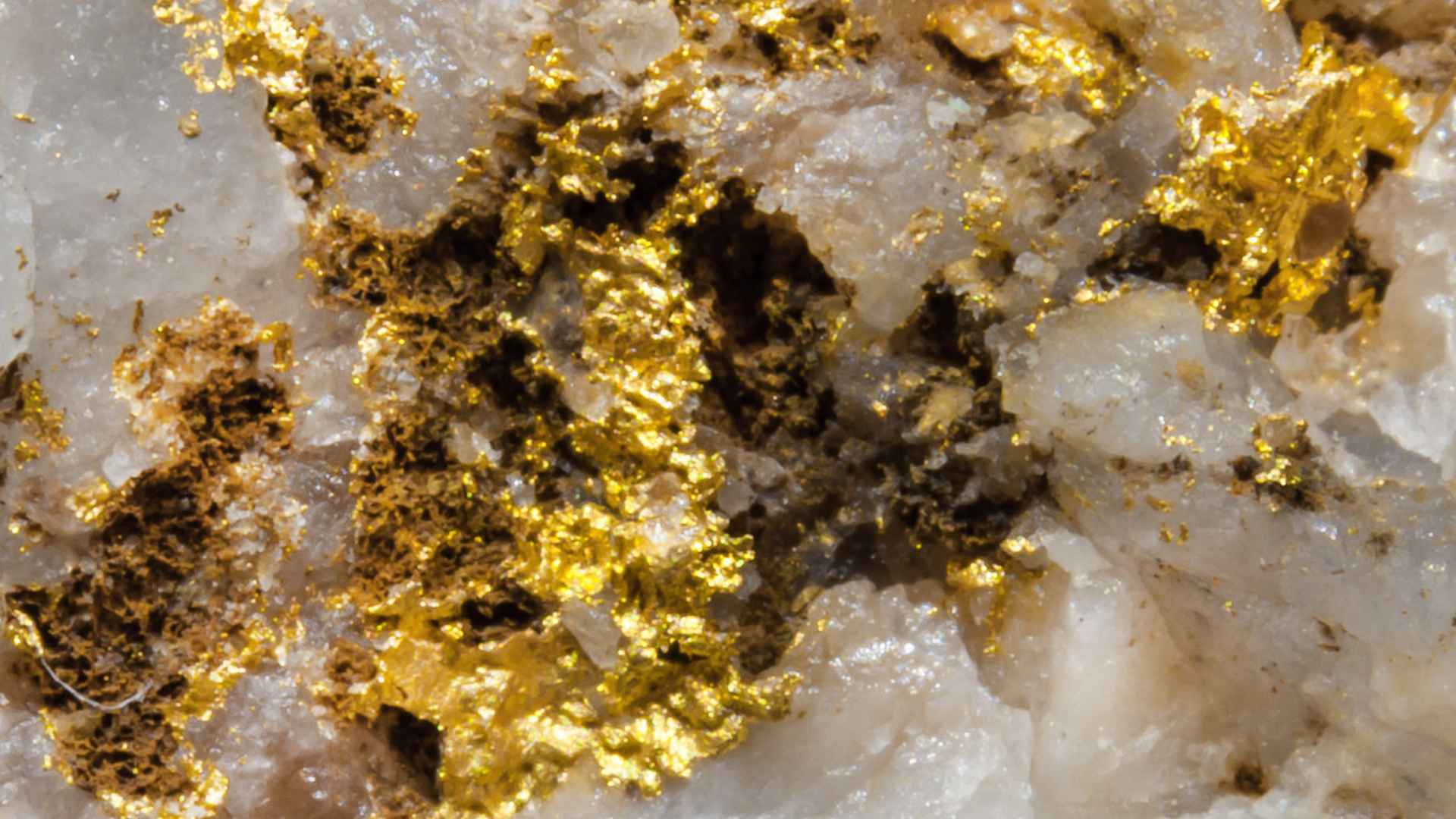A groundbreaking finding from scientists at Monash University in Australia suggests that seismic activity may hold the key to understanding how massive concentrations of gold accumulate within quartz veins. Their research, published in Nature Geoscience, provides new insights into a geological process that had puzzled experts for years.
In their study, geologists observed that earthquakes can generate conditions that trigger the precipitation of dissolved gold from hydrothermal fluids. These fluids, rich in mineral particles, ascend from deeper layers and fill cracks in quartz rocks during a quake. According to lead researcher Chris Voisey, it is precisely the piezoelectric capacity of quartz that sets the stage for the formation of large nuggets, potentially accounting for a significant portion of the gold found worldwide.
Why new research from Monash University explains gold accumulation during seismic activity across the planet
Monash University’s team noticed that the mechanical stress generated by earthquakes activates electric fields in quartz. This phenomenon, known as piezoelectricity, is crucial because it propels dissolved gold to precipitate rapidly. As a result, gold atoms accumulate around existing deposits, forming bigger and heavier nuggets over time.
Voisey noted that while gold can be present in quartz under normal conditions, the immense buildup of this precious metal was still a mystery until now.
How the piezoelectric capacity of quartz triggers the rapid precipitation of valuable metal deposits
Are you wondering why quartz plays such a pivotal role in this process? During a quake, fractures in the Earth’s crust let mineral-rich fluids seep into newly opened pockets. At the same time, quartz’s piezoelectric charge acts like a magnet, pulling the dissolved gold out of solution and leading to the formation of solid nuggets.
This rapid crystallization explains why some gold deposits appear in significant clusters rather than as thin, evenly distributed layers. Below is a brief comparison of normal mineral deposition versus earthquake-induced precipitation:
| Mineral Deposition Mode | Main Characteristic | Speed of Gold Accumulation |
|---|---|---|
| Normal (non-seismic) | Even dispersion over time | Slower, smaller clusters |
| Earthquake-induced | Rapid precipitation in veins | Faster, larger accumulations |
Why the discovery of gold formation inside quartz veins might transform our geological perspective globally
Scientists tested this concept in the laboratory by immersing quartz crystals in a gold-charged solution and simulating seismic waves. Observing the almost instant precipitation of gold proved the hypothesis: mechanical stress and electric charges in quartz encourage rapid nugget growth. This finding could reshape how geologists view mineral exploration. It may even raise new questions about where else these conditions exist or whether similar mechanisms could affect other valuable minerals.
Below is a quick checklist of what factors appear necessary for sizable gold formations:
- Presence of quartz with strong piezoelectric properties
- Frequent seismic activity or tectonic shifts
- Mineral-laden fluids traveling through fractures
Ultimately, the revelation that earthquakes may drive gold nugget formation adds a fascinating layer to our understanding of geology. It demonstrates the incredible power beneath our feet and offers clues for where large gold deposits could be found. While further research is still needed, this discovery underscores the dynamic interplay between natural forces and the treasures we unearth.

